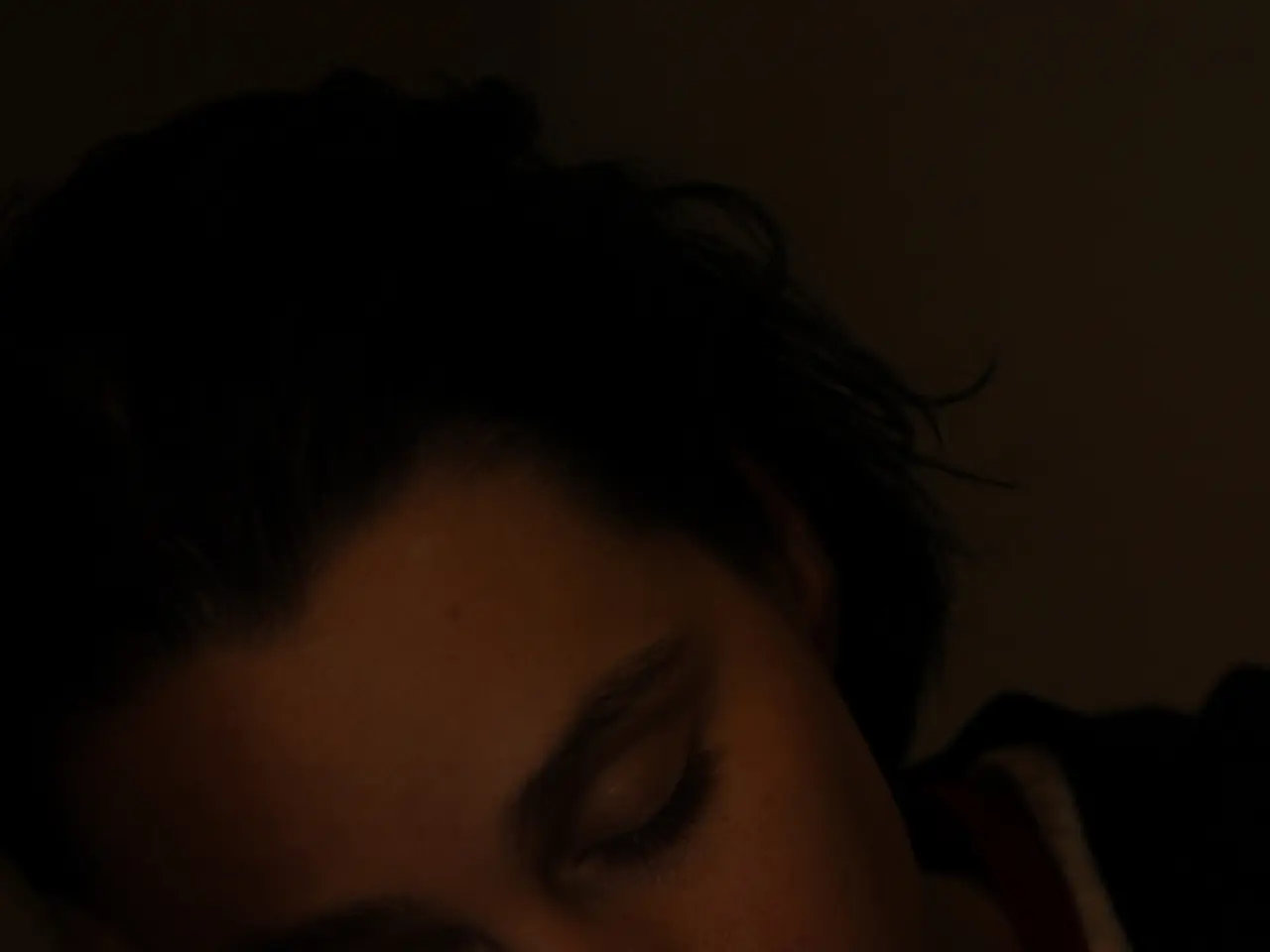Brainstem's Unspoken Controller of Sleep and Awareness: Reticular Formation
The reticular formation, a vital neural hub located in the brainstem, plays a pivotal role in regulating alertness and the sleep-wake cycle. This intricate system, with its component known as the reticular activating system (RAS), generates excitatory signals that maintain wakefulness by activating the cerebral cortex and peripheral nervous system.
During periods of prolonged wakefulness or inherent inhibition by sleep centers, the activity of the RAS decreases, allowing sleep to occur. The reticular formation interacts dynamically with inhibitory sleep centers to switch between wakefulness and sleep states.
The locus coeruleus, a nucleus within the reticular formation, is involved in arousal. This region is almost completely inactivated during REM sleep, demonstrating how reticular formation activity changes with sleep phases. The activation of the reticular formation stimulates alertness by projecting excitatory signals to various brain regions, thereby promoting cortical arousal and sustaining attention.
The reticular formation's balance of excitatory and inhibitory signals ensures that the brain remains in a state of readiness to process and respond to stimuli. This modulation is essential for physiological homeostasis and cognitive function.
However, dysfunctions in the reticular formation can lead to various sleep disorders such as insomnia, sleep apnea, restless leg syndrome, and narcolepsy. Moreover, neurological disorders like Parkinson's disease and Alzheimer's disease may have associations with changes in the reticular formation's structure and function.
The reticular formation also interacts with various hormones and neurotransmitters that regulate sleep-wake cycles, including serotonin, melatonin, norepinephrine, and dopamine. Neurons in the reticular formation release inhibitory neurotransmitters like GABA to help reduce the activity of the brain's arousal centers, initiating the first stage of sleep.
Disturbances in the function of the reticular formation can lead to disorders related to alertness and attention, such as Attention Deficit Hyperactivity Disorder (ADHD) and certain forms of depression.
In conclusion, the reticular formation serves as a crucial neural hub, balancing excitation and inhibition to regulate the transitions between alertness and sleep, ensuring proper sleep-wake cycles and maintaining consciousness during wakefulness. Understanding the reticular formation's role in these processes could pave the way for new treatments for sleep disorders and other neurological conditions.






